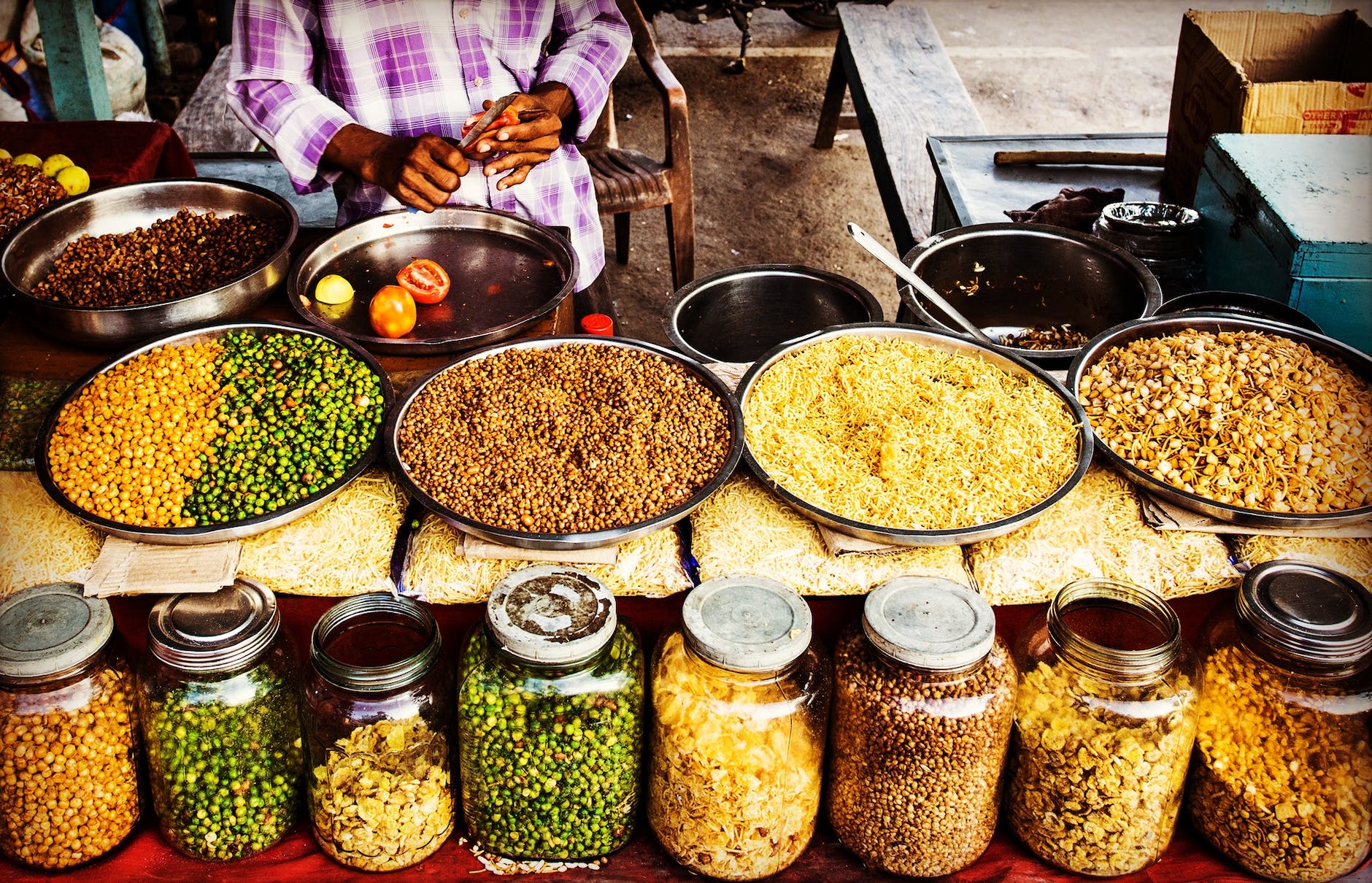Introduction
جدول المقالة
Saudi Arabia, a land of stark deserts and soaring mountains, boasts a vibrant and diverse food culture that is deeply rooted in its history and heritage. Among the myriad of traditional dishes that grace the Saudi dining table, none is more celebrated than Kabsa. Kabsa, sometimes spelled as “Kabsah” or “Kabsah,” is the crown jewel of Saudi Arabian cuisine, a dish that embodies the essence of hospitality and communal dining.
